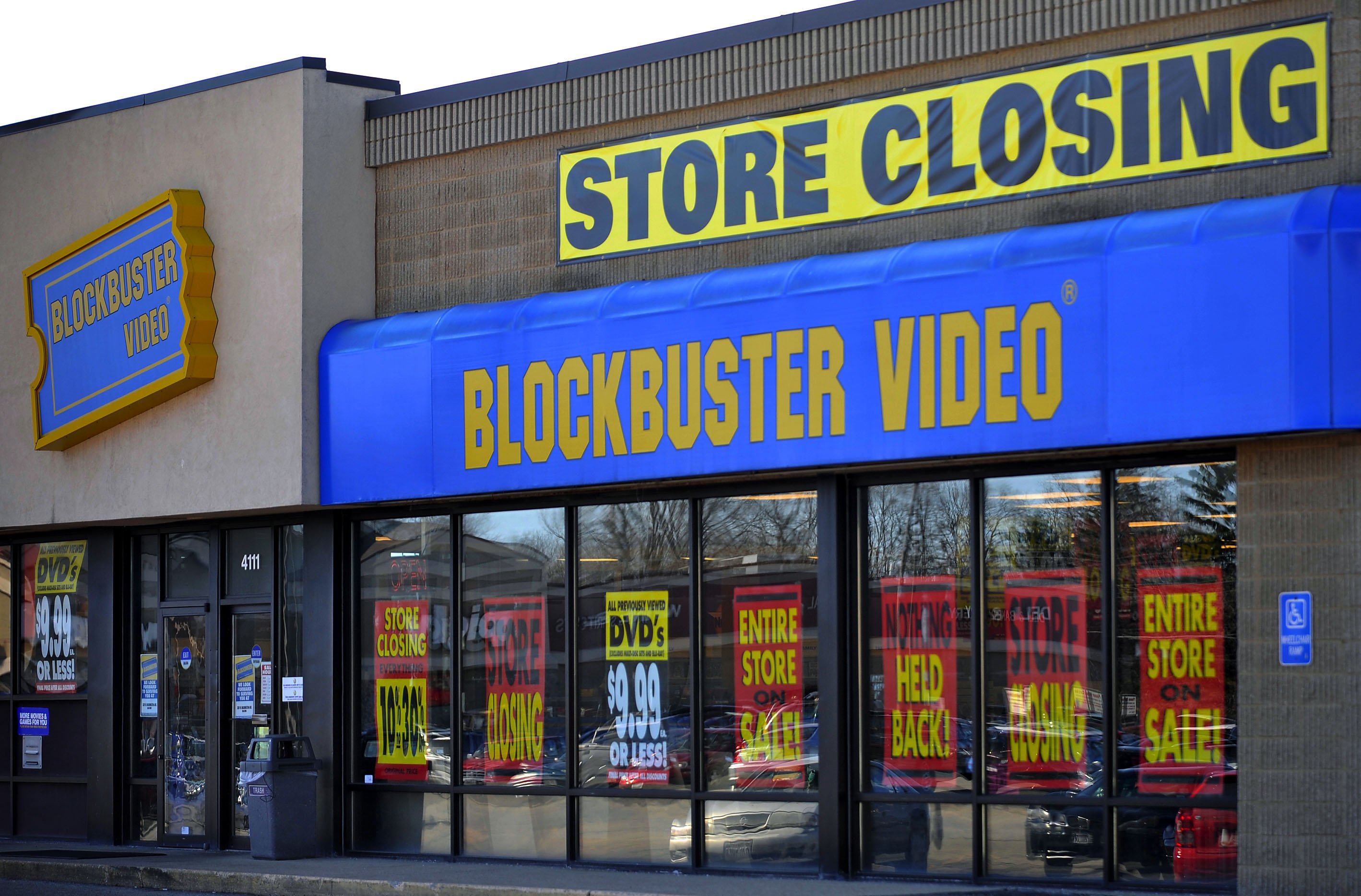
The latest venture of LivePlanet CEO Halsey Minor, the founder of CNET, co-founder of Salesforce, as well as Uphold, Vignette, NBCi, OpenDNS, Google Voice, is a cryptocurrency project called VideoCoin.
VideoCoin to Pay ‘Zombies’
The VideoCoin Network is a decentralized video encoding, storage, and content distribution system that turns all cloud-based video services into an efficient algorithmic market running on a new blockchain with a native protocol token, the VideoCoin (VID).
VideoCoin is will focus on encoding, storing, and streaming video, while tapping into zombie servers, which are idle or underused computers in data centers. According to some estimates, an estimated 20 million video-capable internet servers go unused every day while sucking up tons of electricity, translating to $30 billion in wasted capital investment.

Minor, who’s no stranger to Bitcoin, plans to pay the owners of these servers with VID tokens. This will enable VideoCoin to create ‘the new cloud’ on a secure, public blockchain, by brining together low-cost computing resources from around the world.
VID tokens are scheduled to be distributed via an ICO slated for March of this year after already raising $25 million in a pre-ICO.
Minor Takes Aim at Amazon
The VideoCoin Network wants to grab a chunk of the market currently filled by Amazon Web Services and other similar cloud-based video processing businesses. VideoCoin is expected to be 60% to 80% cheaper while also letting users create apps on top of the network.
It aims to turn all cloud-based video services into an efficient algorithmic market, running on its own public blockchain with a native protocol token.
While today’s blockchains cannot handle video streaming due to long transaction times and limited computing capacity, VideoCoin’s blockchain promises fast transactions using proof-of-work and proof-of-stake to support a complex infrastructure. The VideoCoin Network allows miners to earn tokens for encoding, storing, and delivering videos, while also embracing existing infrastructure as relay miners connect to third-party servers such as Amazon Web Services.

Minor’s business model could prove to be lucrative. Today, around 80 percent of all Internet traffic comes from about 2 billion people watching video online per month. At the same time, this industry is rife with centralization, privacy and security concerns as well as high cost.
The VideoCoin Network platform is expected to be 80 percent cheaper by deploying unused computing resources and enable a new generation of video apps via open APIs and open source-based development. It can also bypass telecoms by using peer-to-peer video distribution while increasing privacy with decentralized, end-to-end encryption.
“VideoCoin borrows much from what the blockchain has already proven, namely that people will connect computers to a network to get paid to do work, and as demand scales so too does supply,” explained Minor. “VideoCoin creates a new class of miners who do real work, not just accounting.”
Blockchain is the breakthrough innovation that lets us create a better infrastructure for the future of online video.
The idea for VideoCoin was developed while Minor’s team was creating Live Planet, the only end-to-end system for easy capture and distribution of live and recorded stereoscopic VR and 360° video. Live Planet is to be the first platform to utilize VideoCoin’s blockchain-enabled video infrastructure.
It is still unclear, however, whether Hollywood or independent video producers will take interest in the system.
Will VideoCoin pose a threat to Amazon and revolutionaize video services? Share your thoughts below!
Images courtesy of theepochtimes.com, Shutterstock


















